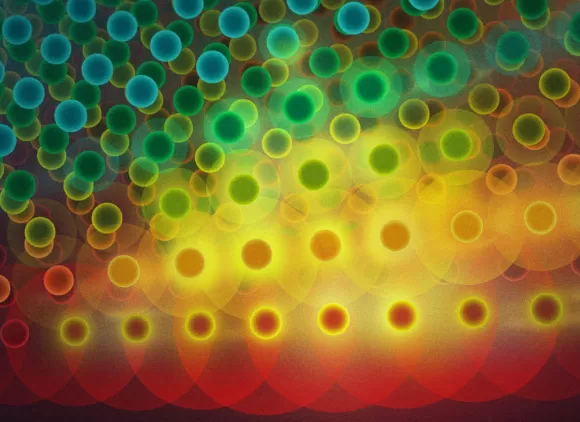About this event
Abstract
Was the famous 1700 Cascadia earthquake a single magnitude 9+ plate boundary rupturing event? Or was it a series of ruptures closely spaced in time? What were the details of the slip distributions during those event(s)? These are fundamental questions which have persisted throughout the decades of study of the Cascadia subduction zone (CSZ). Answers to them impact how we think of the long-term seismotectonic behavior of the margin and how we quantify its earthquake and tsunami hazards. In this talk, Dr. Melgar will showcase an approach that uses computationally efficient rupture modeling to explore which kinds of earthquakes are parsimonious with the vast and diverse paleoseismic record at the CSZ. I will conclude that we do not know beyond a reasonable doubt that 1700 was a single event and that a sequence of ruptures should still be considered possible.
About Diego Melgar, PhD
Dr. Diego Melgar is the Ann and Lew Williams Chair in Earth Sciences and an associate professor of geophysics in the Department of Earth Sciences at the University of Oregon. He is also the director of the NSF-funded Cascadia Region Earthquake Science Center. His research focuses on large earthquakes where he works to understand the physics of the rupture process and how to best image it by using many diverse kinds of on-shore and off-shore geophysical data. Melgar researches the hazards associated with these large events, working on tsunami modeling and coastal impacts, as well as studying how strong shaking can be forecast.
He was awarded the 2016 Charles Richter Early Career Award from the Seismological Society of America and the 2022 John Wahr Early Career Award from the American Geophysical Union's geodesy section. He has served as a member of the National Academy of Science's Committee on Solid Earth Geophysics. Prior to joining the University of Oregon, he spent three years at the University of California Berkeley's Seismological Laboratory. Melgar earned his B.Eng. in geophysics from the Universidad Nacional Autónoma de México and his MS and PhD in geophysics from the Scripps Institution of Oceanography.
Register in advance for this webinar:
https://nsf.zoomgov.com/webinar/register/WN_eNOg1E_5RpaNkv8PN3SKeA
Or an H.323/SIP room system:
H.323: 161.199.138.10 (US West) or 161.199.136.10 (US East)
Meeting ID: 160 284 6369
Passcode: 878879
SIP: 1602846369@sip.zoomgov.com
Passcode: 878879
After registering, you will receive a confirmation email containing information about joining the webinar.

